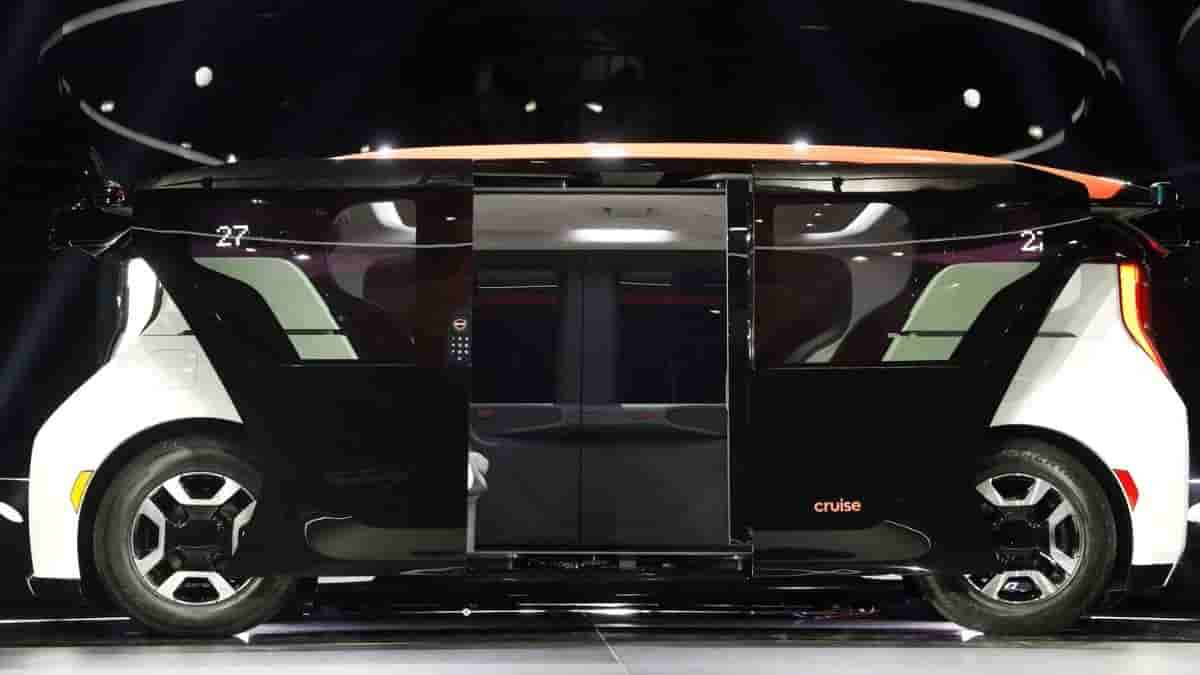GM’s Cruise is following in Tesla’s footsteps to manufacture its own chips for self-driving vehicles
In order to facilitate the adoption of self-driving cars by 2025, General Motors has developed its own chips that will be used by 2025 in an effort to reduce costs and increase output.

According to executives, Cruise, General Motors’ autonomous driving division, has created its own chips for self-driving vehicles that will be used by 2025 in an effort to reduce costs and increase output.
By transitioning from Nvidia Corp.’s products to customised processors to power its vehicles, Cruise is modelling its strategy after that of Tesla.
Carl Jenkins, the CEO of Cruise Hardware, told Reuters: “Two years ago, we were paying a lot of money for a GPU from a famous vendor.” Jenkins was ostensibly referring to Nvidia, a major supplier of graphics processing units, or GPUs.
We’re a little volume, so there’s no room for bargaining. We had no ability to bargain. Therefore, I said, “Okay, then, we must be in charge of our own destiny,” he stated during a tour of the cruise R&D workshop in San Francisco.
The unique processors that would power Cruise executives’ Origin car without pedals or a steering wheel were revealed this week for the first time.
Jenkins stated that increasing the production of automobiles using multiple chips will allow for the repayment of expenditures on in-house chip development. He denied disclosing the project’s investment amount by the corporation.
In 2025, the Origin would “reach that sweet spot from a cost viewpoint,” according to Cruise CEO Kyle Vogt, and personal ownership of autonomous vehicles would be possible. This comes after GM CEO Mary Barra said earlier this year that the company would have a “personal autonomous car” by the middle of the next decade.
According to Jenkins, Cruise has so far created four of its own chips: the Horta computing chip, which serves as the vehicle’s brain; Dune, which analyses sensor data; a chip for the radar; and one that will be shown later.
Additionally, the sensors and computer processors would use less power, extending the driving range.
In order to have more control over product development and supply chains, automakers are increasingly attempting to build processors and systems themselves, according to Gaurav Gupta, a semiconductor analyst at Gartner.
He added that it’s not simple, so the question of whether they’ll succeed or not is different.
The Horta chip was built on an ARM CPU, according to Ann Gui, Cruise’s silicon lead, because that was what was available when chip development began two years ago.
But because RISC-V is open source and offers so many advantages, she added, “we are attentively looking at it. ARM and RISC-V are rival instruction set architectures (ISAs), which serve as the foundation for creating chips and specifying the types of programmes that may run on them.
Gui said that the automaker was collaborating with an unnamed chip manufacturer in Asia to mass produce its customised chips.


